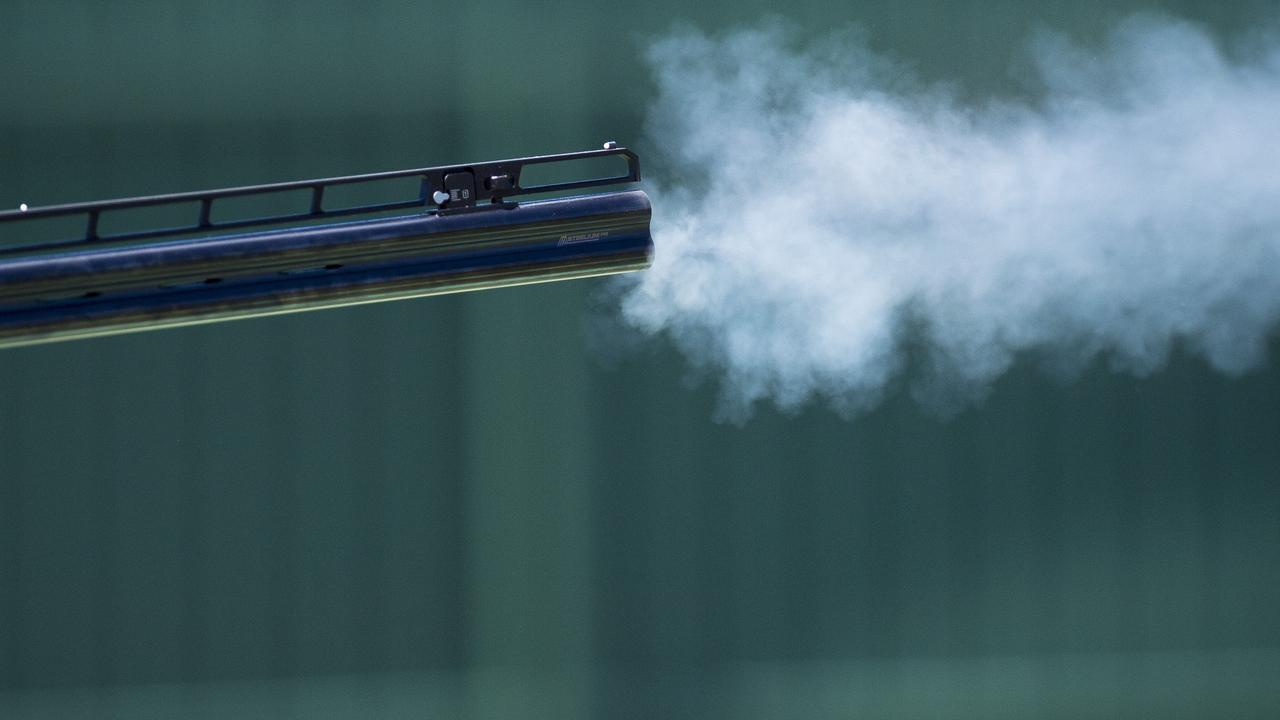BAT INVASION: Why more flying foxes have come to Coast
A wildlife expert has explained why even more bats are filling the night sky.

Community News
Don't miss out on the headlines from Community News. Followed categories will be added to My News.
If you've been thinking there's more flying foxes around the Fraser Coast, you're right.
While the region is home to permanent black flying foxes, migrating little red flying foxes have also arrived, following the flowering of the eucalypts along the east coast of Australia.
Wildlife Rescue Fraser Coast Director Natalie Richardson said the flying mammals stayed on the Coast for a few weeks before moving on to find other food sources.
"They travel thousands of kilometres a year, right out to the gold country, there also an absolutely essential as a key for pollination and seed disperser for native plant species."
Ms Richardson said colonies were best viewed at the Lamington Bridge in Tinana and around Tooan Tooan Creek or Urangan in Hervey Bay.
"They're heading out just before dark and some are travelling around 60 kilometre round trips to head out the find food," she said
"They don't usually travel that far, but they are travelling a lot of kilometres at night to find food and due to the competition for food."

She advised people were only at risk of catching diseases carried by flying foxes if they were bitten or scratched by an infected animal.
"It's less than 0.1 per cent of the flying fox population that potentially carry disease, no touch, no risk.
"If someone does find a sick or orphaned flying fox of any sort, Wildlife Rescue Fraser Coast asap, we have people specially vaccinated for handling flying foxes."
If you spot an injured animal, contact Wildlife Rescue Fraser Coast on 4121 3146 or visit their Facebook page.






